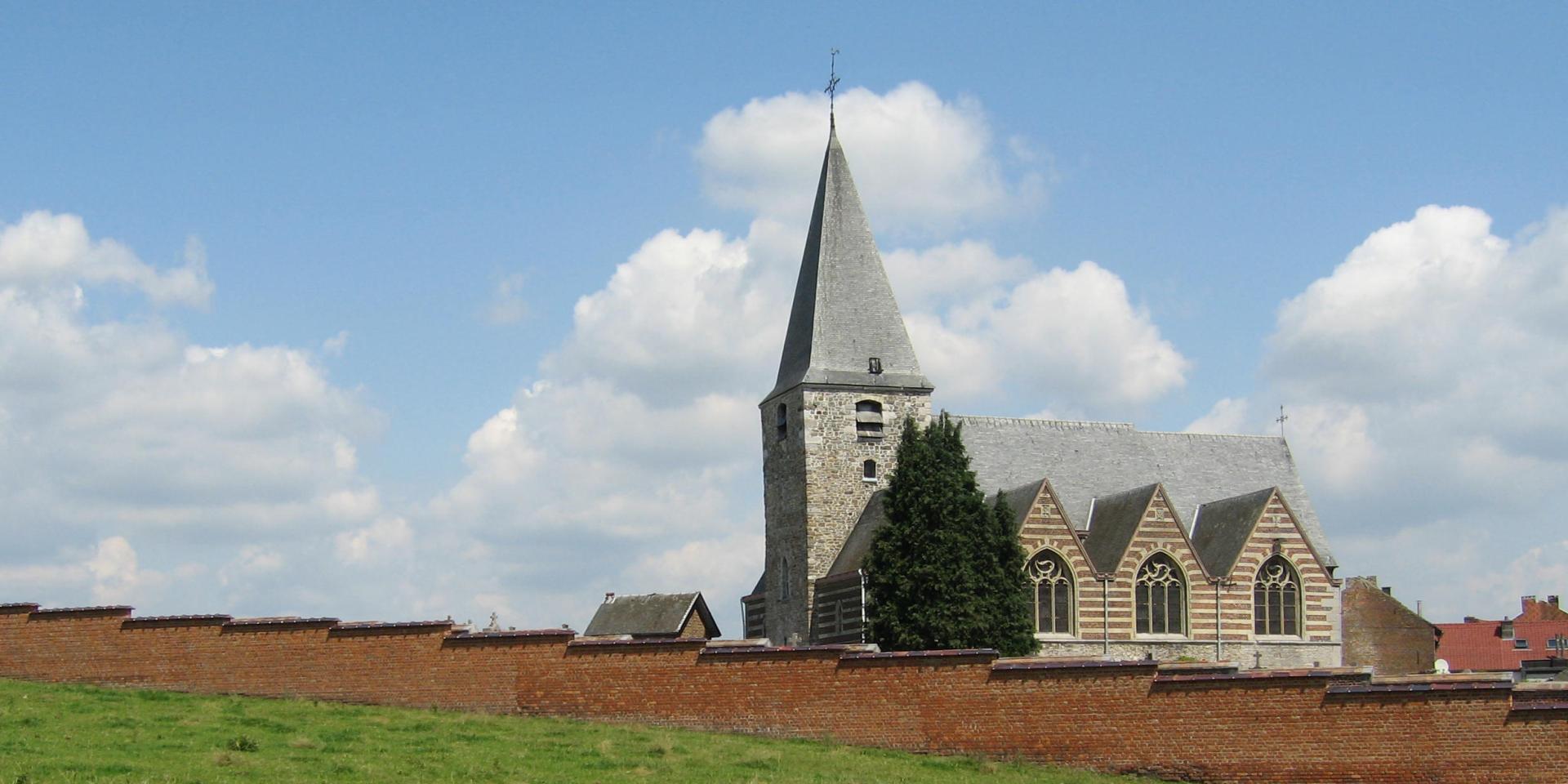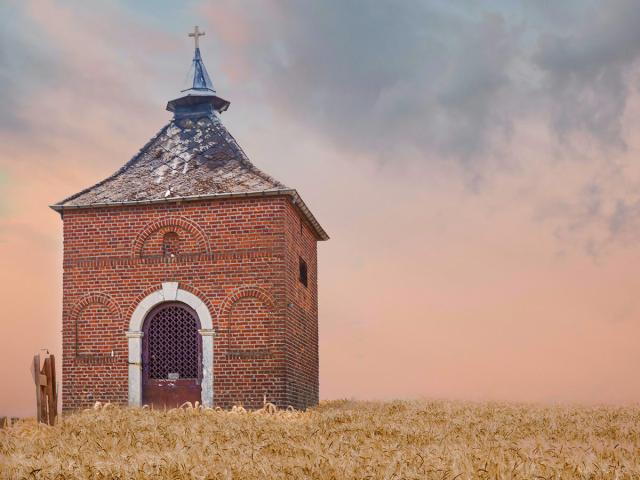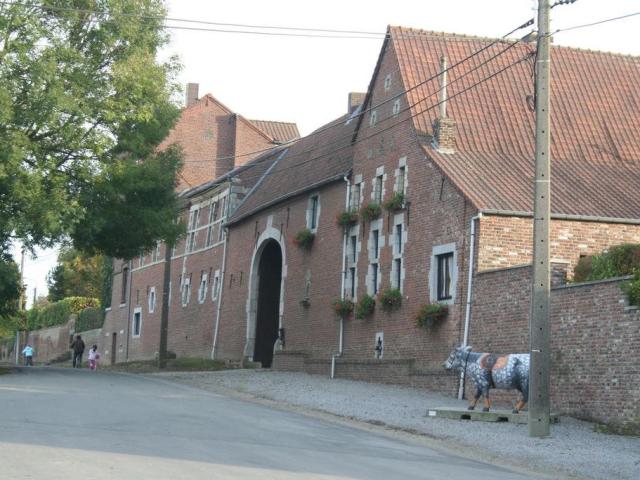The must-sees
Patrimonial, unusual, sporty, fun: if you had to do only one activity in this locality it’s in these proposals that you will find it.
 Hodeige
HodeigePatrimonial, unusual, sporty, fun: if you had to do only one activity in this locality it’s in these proposals that you will find it.
The commune of Remicourt is best known for the Mélotte factories, which industrially produced a centrifugal skimmer that enjoyed worldwide renown in the agricultural world. The excellent Musée de la Hesbaye located in the small town traces the history of this company and other aspects of rural life.
Momalle is surely the village that has preserved the largest number of these 17th, 18th and 19th century censes. They are scattered along the roadway that joins a square dominated by a 16th-century Gothic church.
Lamine is characterized by a medieval center that retains the two main poles of settlement grouping in Hesbaye: a motte castrale established by an avoué of the Liège church probably in the 12th century, and a church where a 13th-century tower-refuge survives.
Like the two preceding neighboring villages, located along the Yerne, a tributary of the Geer, Hodeige retains a parish church with an early medieval tower and a 15th-century nave. There are also some fine farmhouses scattered around the village.
As for Pousset, legend has it that the village was founded at the very beginning of the evangelization of Hesbaye by Saint Materne, a disciple of Saint Peter. It’s a peaceful village where only a windmill stands out at the crossroads of the paths that join the village and Remicourt.
 Ferme Au Moulin Remicourt
Ferme Au Moulin Remicourt Petitpatrimoine Pimper C Marcel Herbots (2)
Petitpatrimoine Pimper C Marcel Herbots (2) Momalle Ferme Cambretour
Momalle Ferme CambretourLooking for accommodation, wanting to discover the expertise of our chefs,
looking for your next outing, needing to get some fresh air…
we’ve selected the essentials of the commune for you.